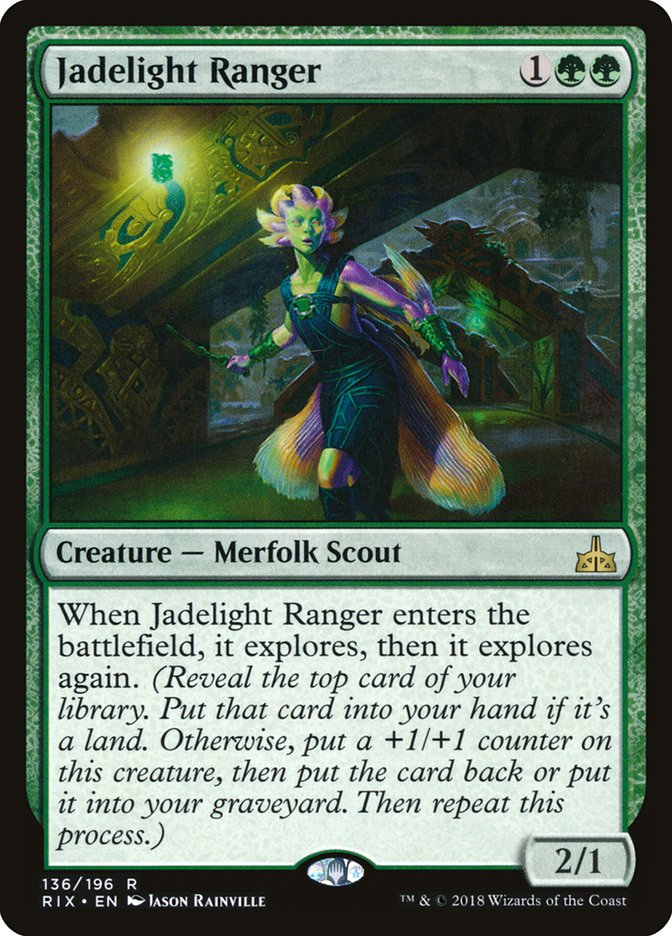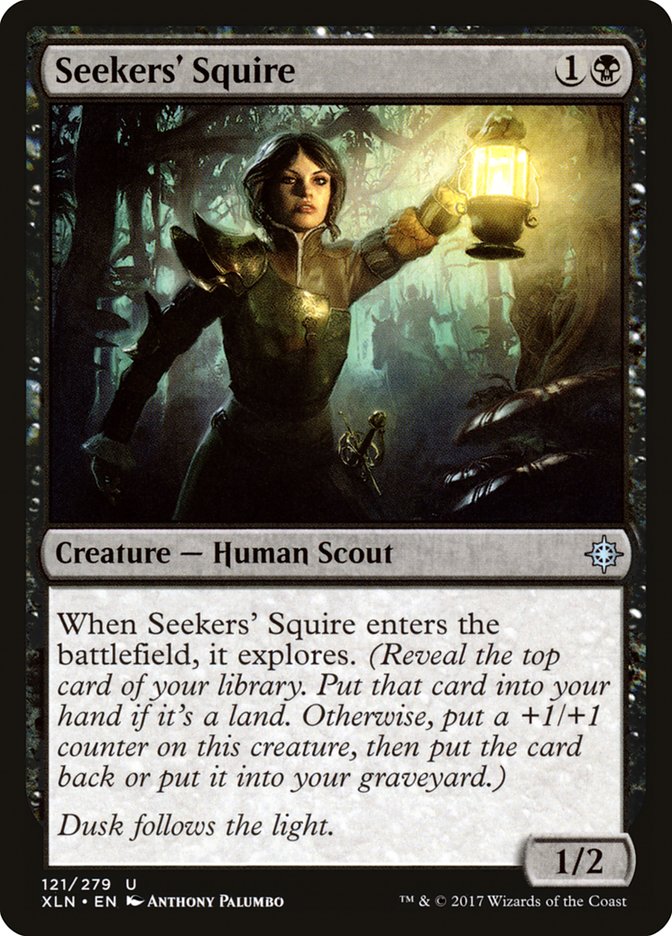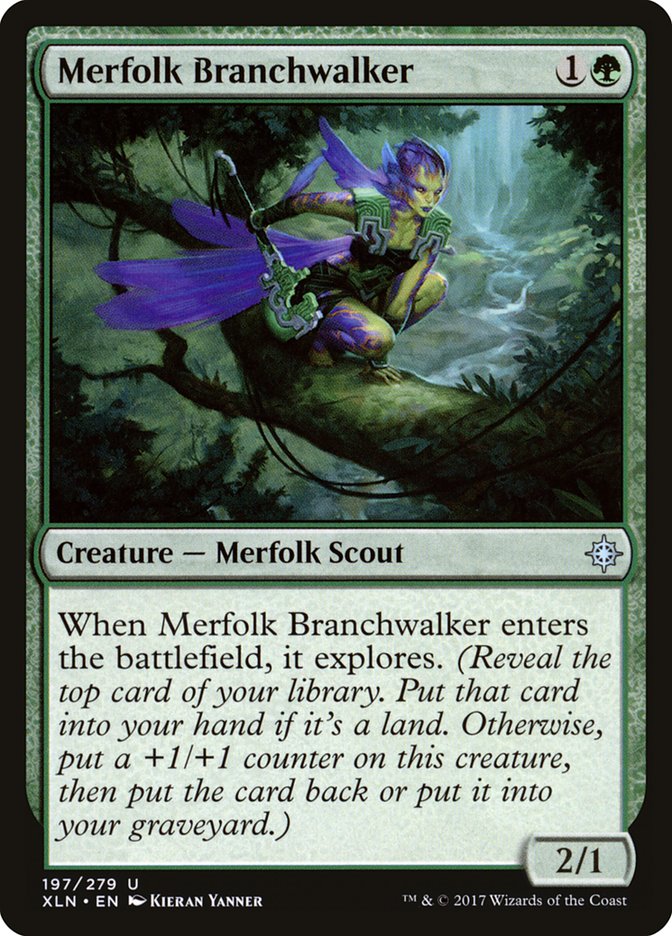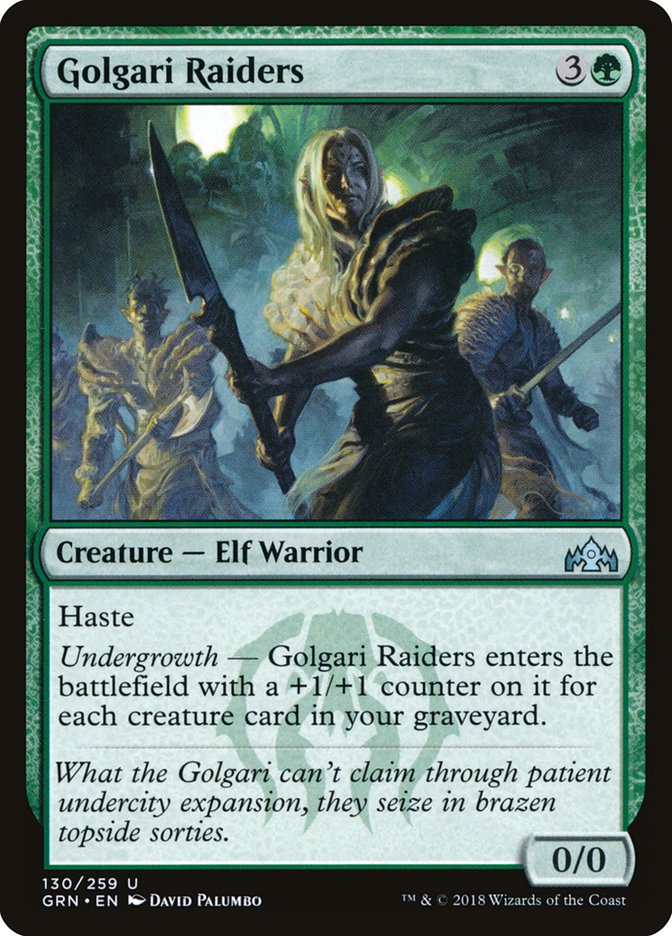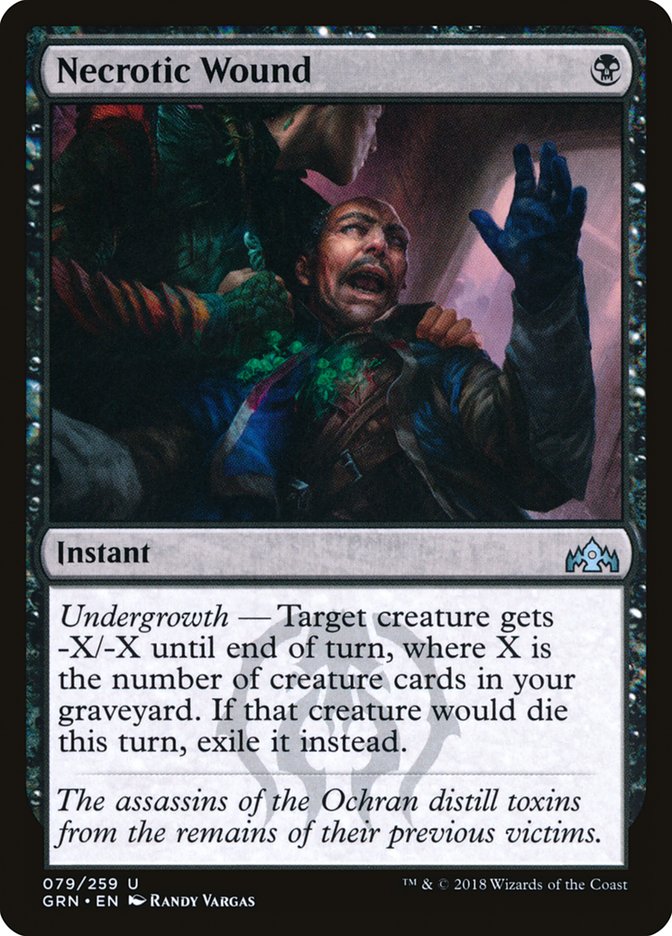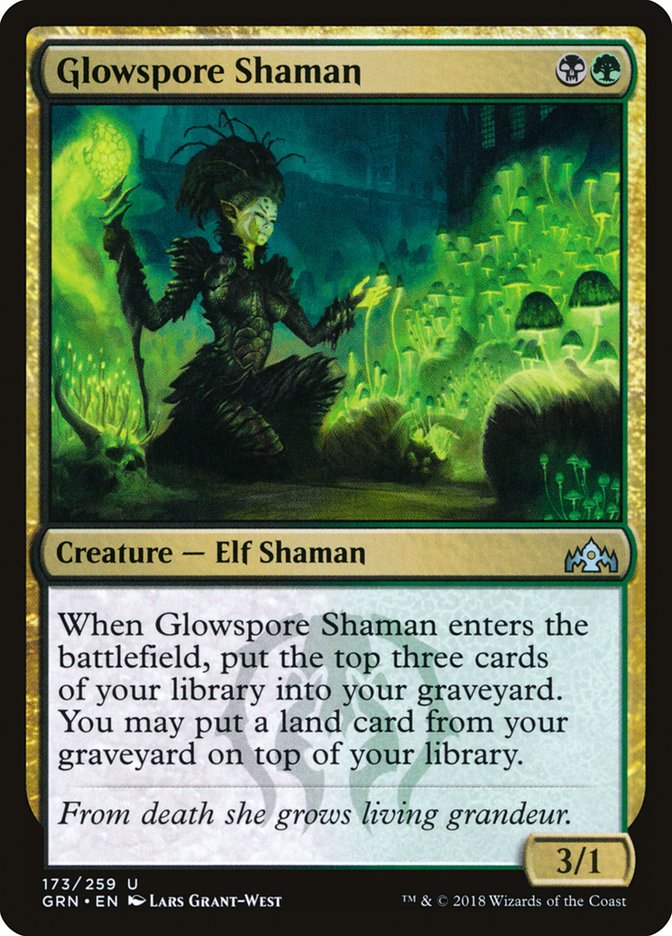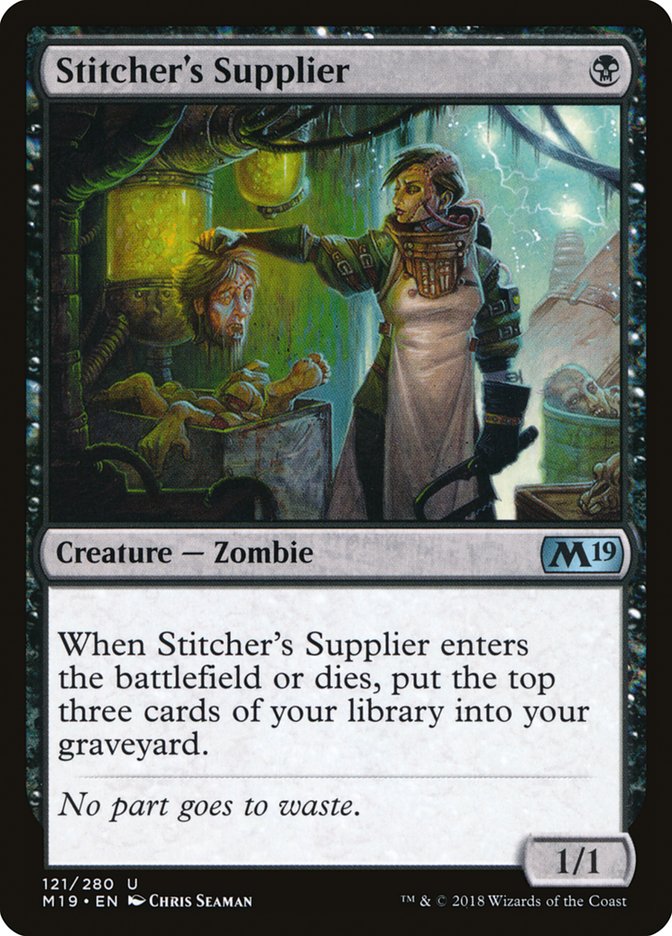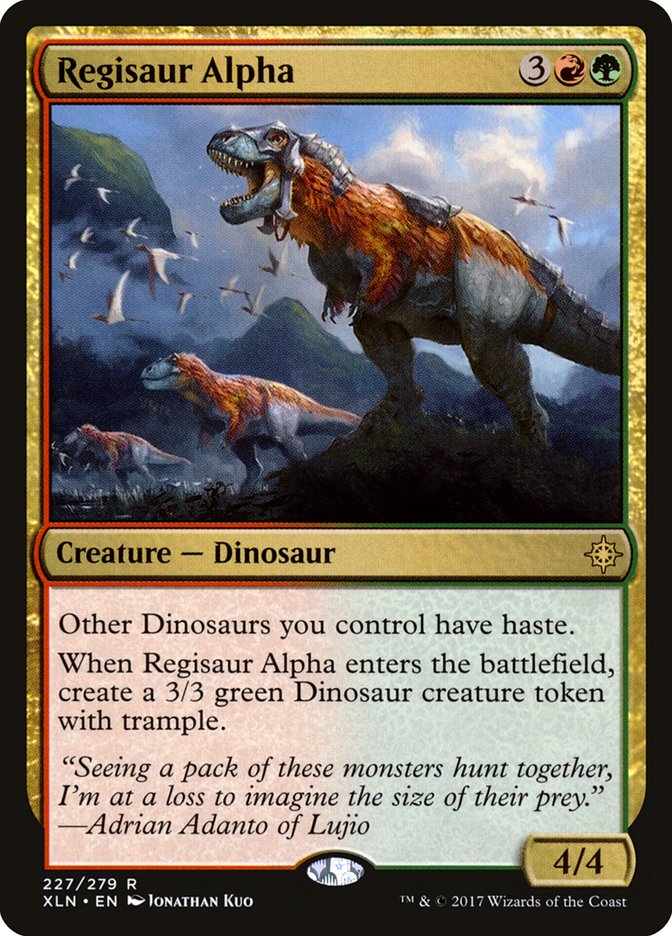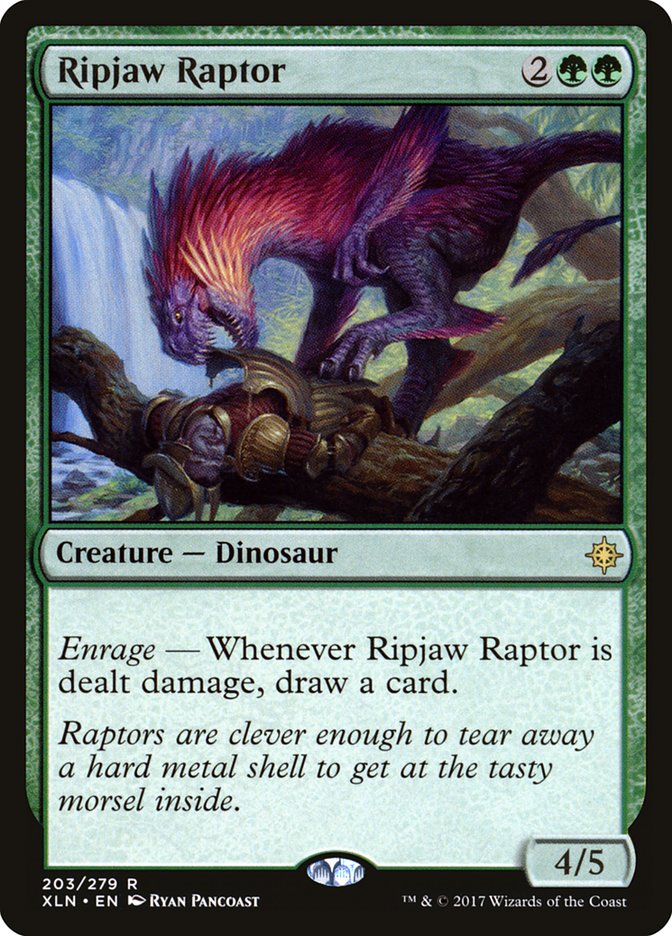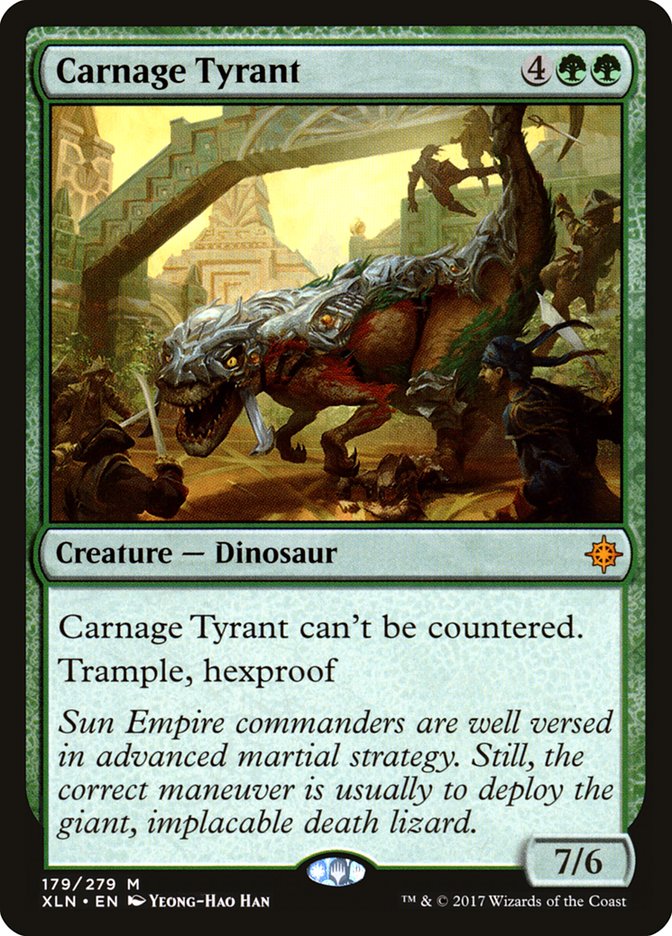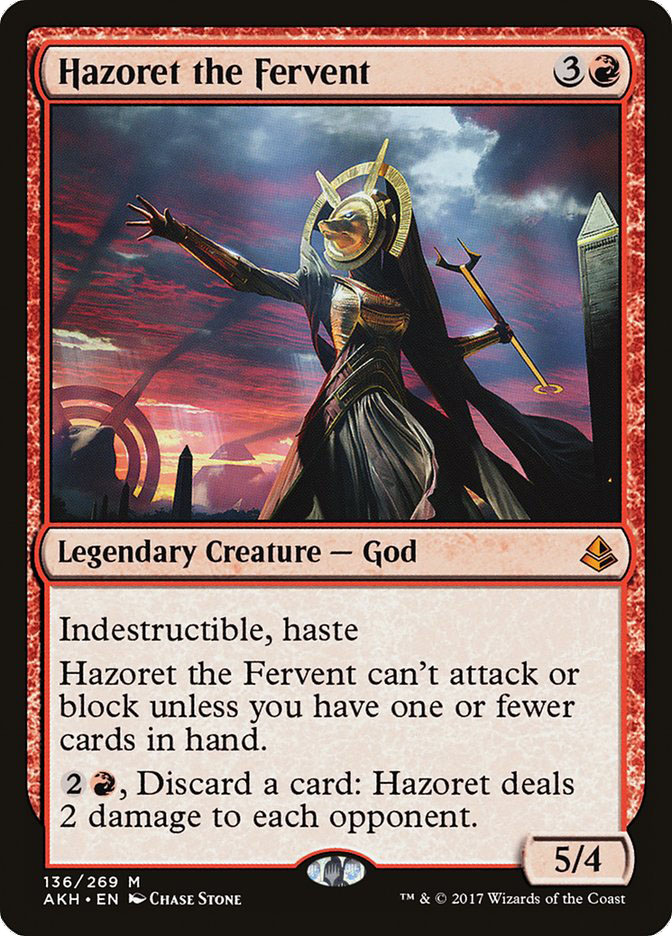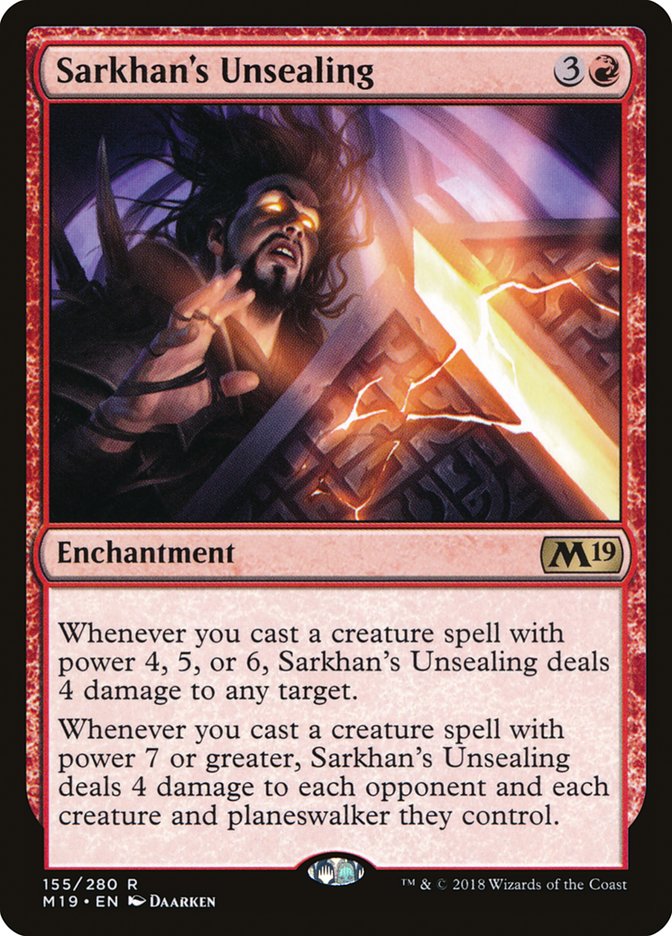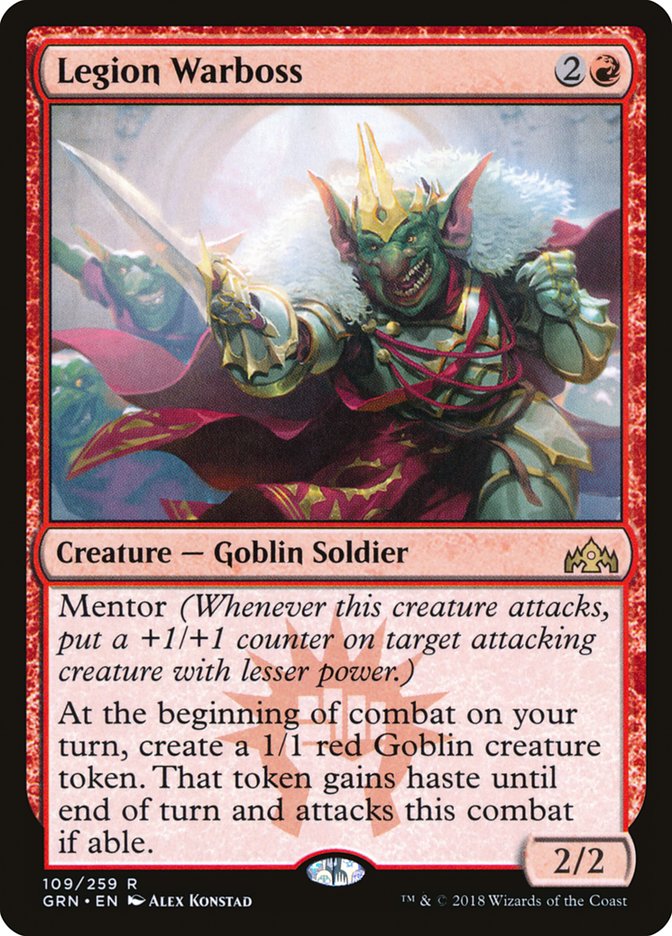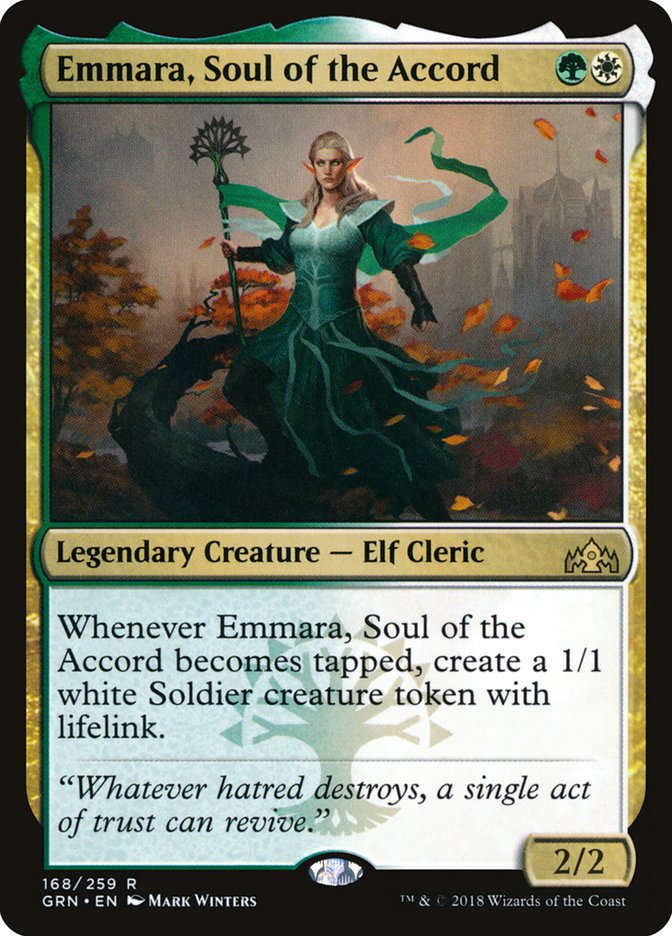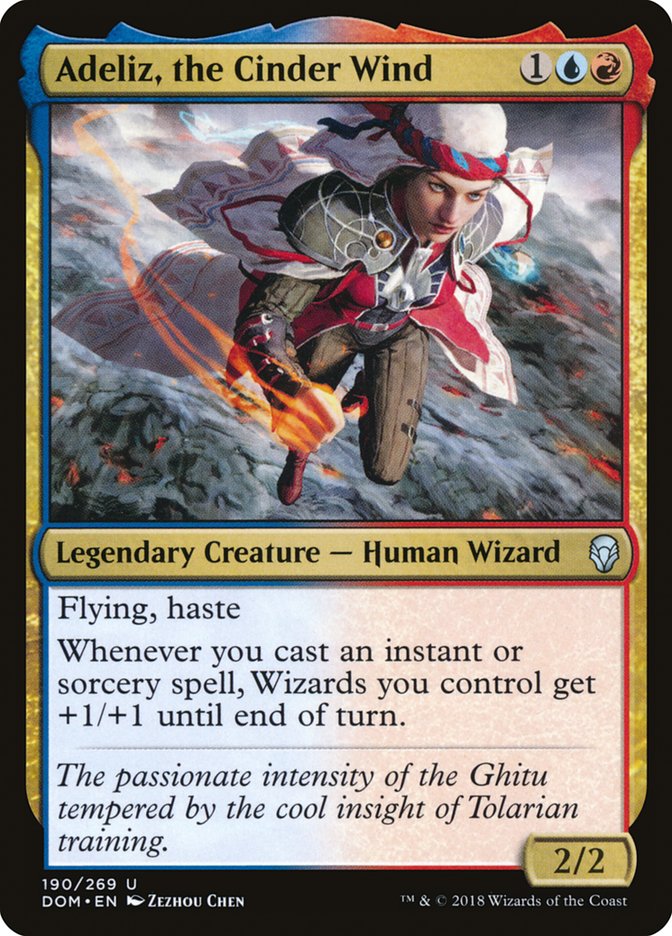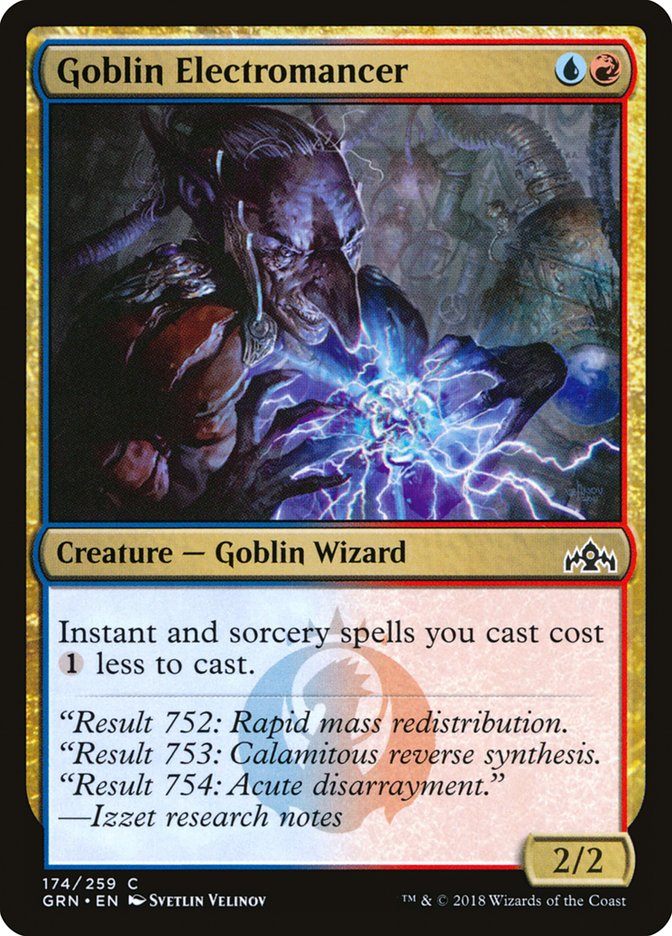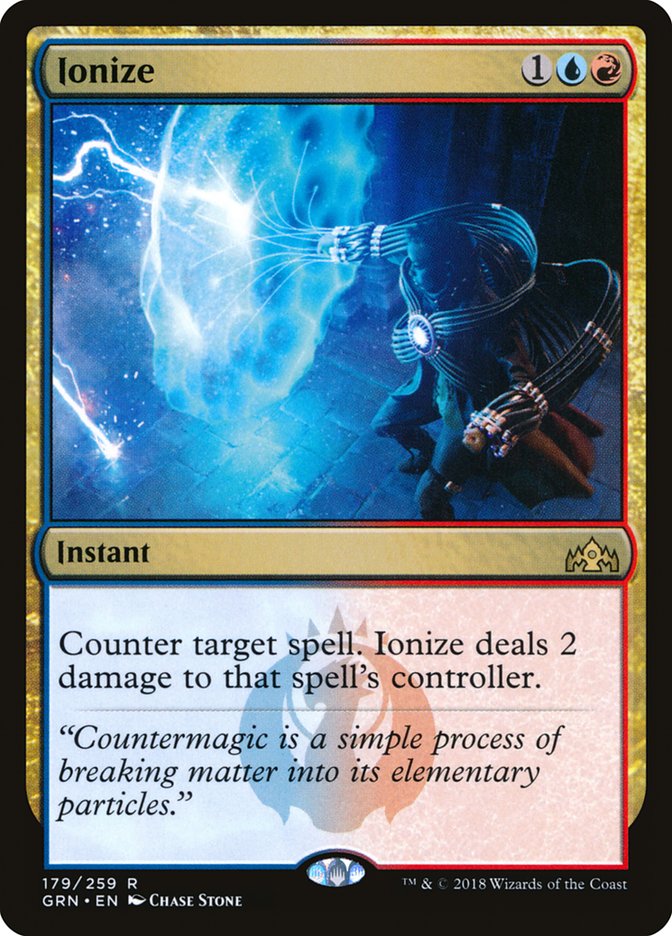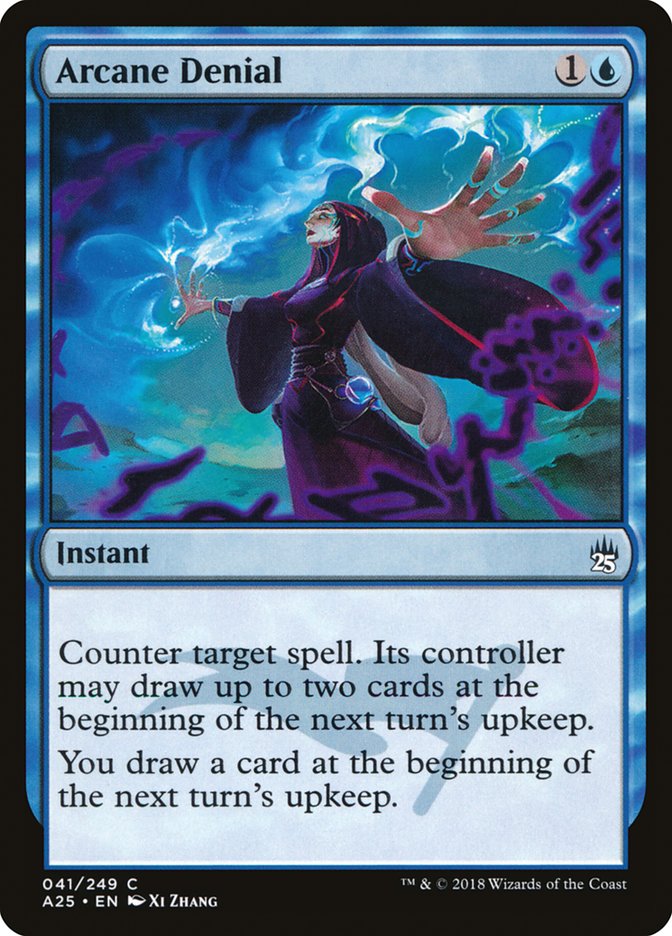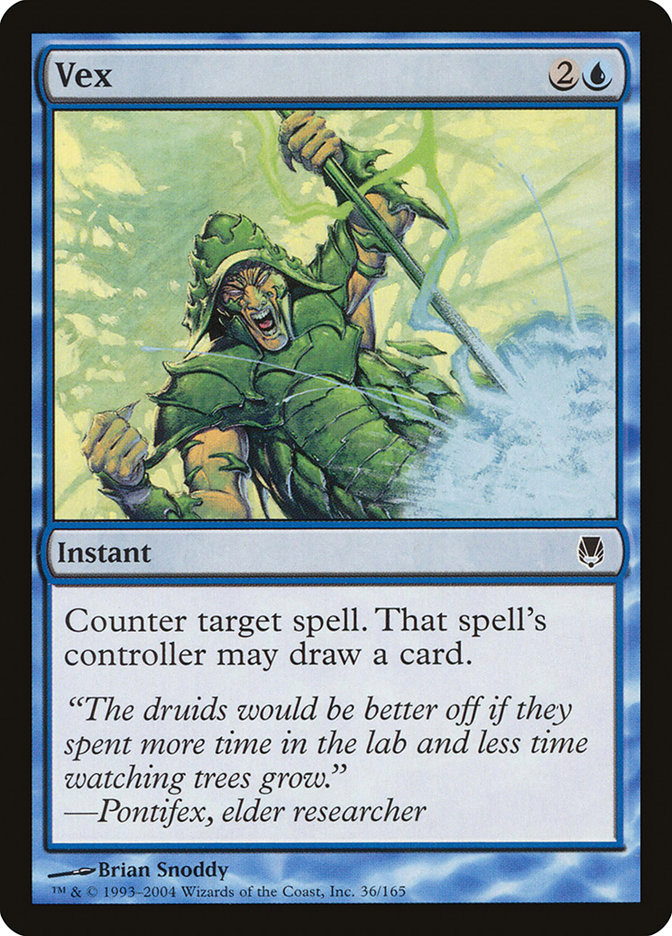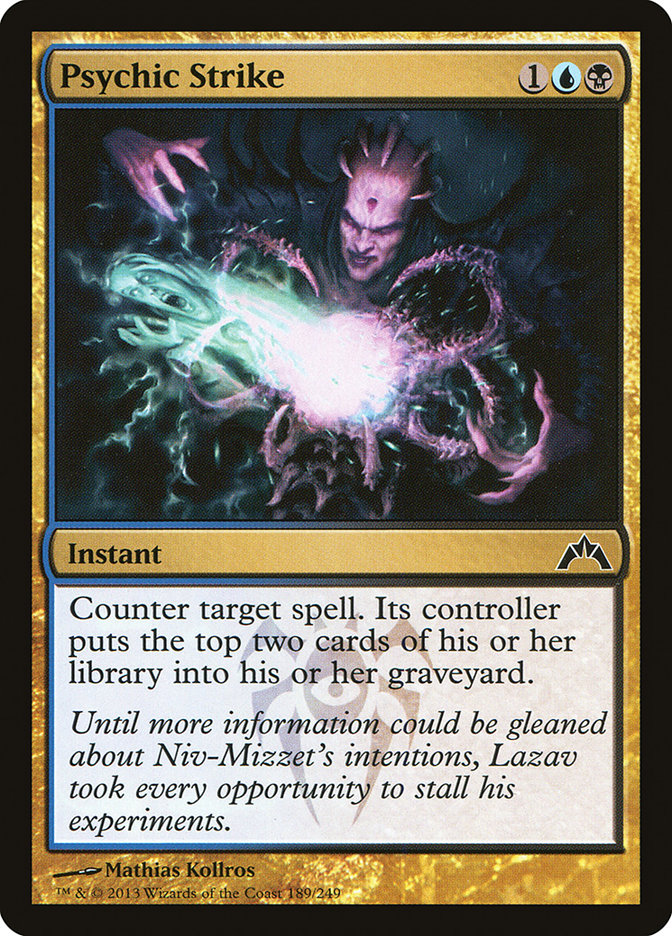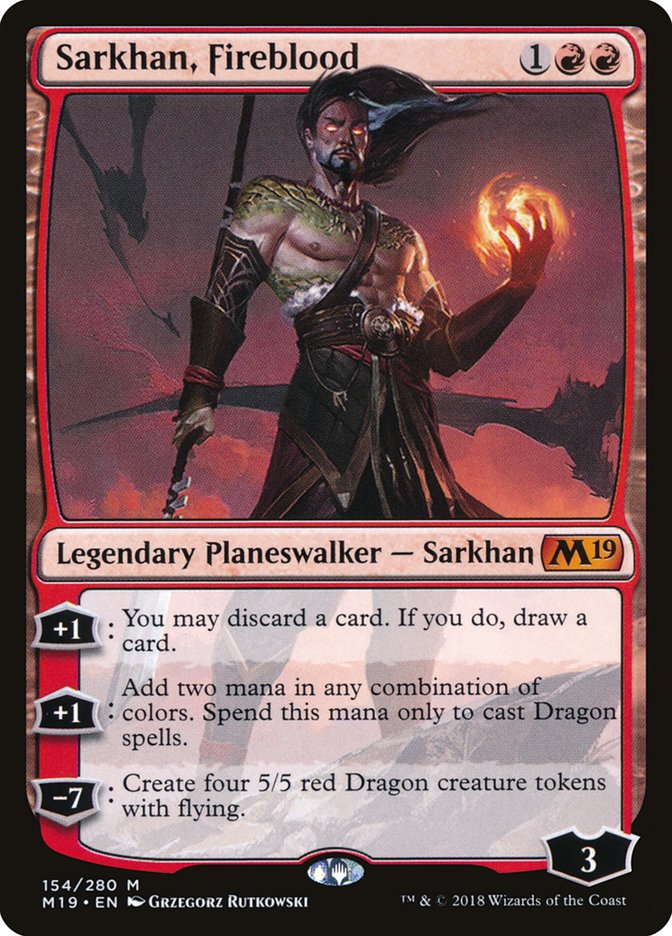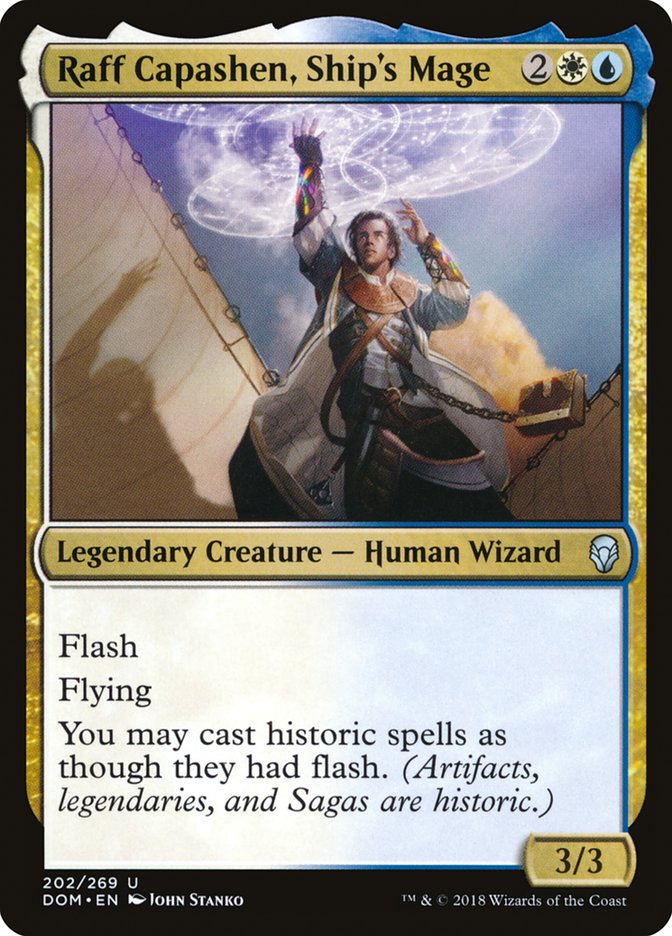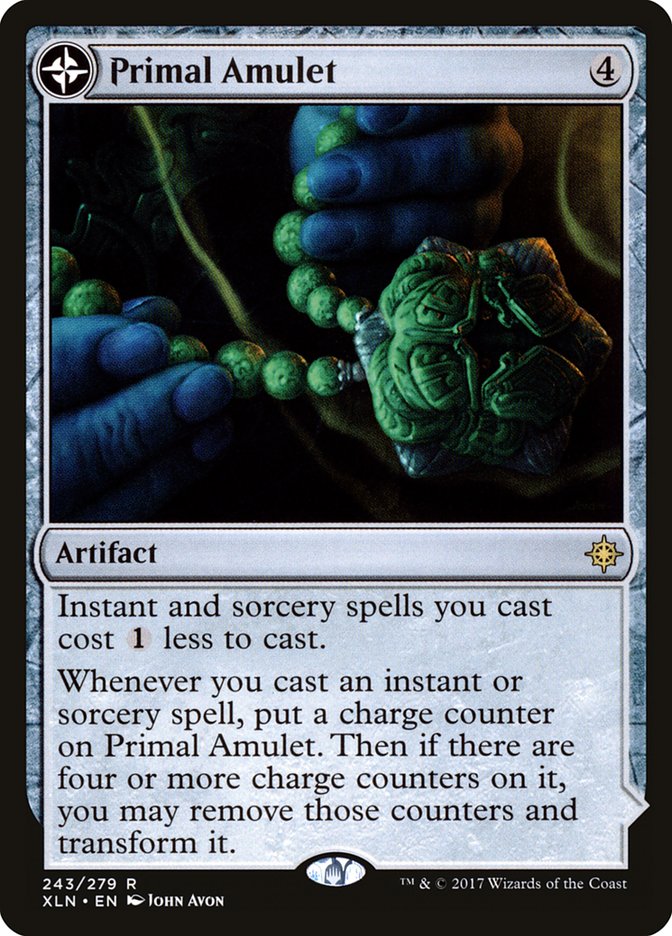One thing that often gets lost in the preview season for a new set is,
understandably, the old sets that preceded it. It’s just hard to think
about Rivals of Ixalan when we’re on our way back to one of
Magic’s most beloved planes! We’ve got new cards for five of our favorite
guilds, new mechanics, new planeswalkers, and
one of the most absurd removal spells ever printed
… how can we think about anything else?
However, this is often a serious mistake.
As I’ve been saying for years in my articles here on StarCityGames.com,context is everything. Our first impressions of Guilds of Ravnica preview cards often happen in a vacuum – “this
card sucks!” or “this card is busted how could they print this!?!” – but we
don’t build our decks in a vacuum, and more importantly, nobody ever wins a
match in a vacuum. If our goal is to build good decks and win matches of
Magic, we need to evaluate our new Guilds of Ravnica cards as they
line up with what we currently have in Standard.
This means taking a closer look at Ixalan, Rivals of Ixalan, Dominaria, and Core Set 2019.
Not only are we looking for great interactions with our new Guilds of Ravnica cards, but just as important is looking at these
sets from a new perspective in general. Kaladesh and Amonkhet were extremely powerful sets that put an overbearing
amount of pressure on the Ixalan and Dominaria sets, but
with that pressure relieved we also need to look at the sets we have left
for themes and mechanics that may have been overlooked.
Today we take a look at some of the major themes in the four remaining sets
in Standard, with a focus on how they interact with the new cards and
themes from Guilds of Ravnica.
Explore
The most obvious link between Ixalan and Guilds of Ravnica is the explore mechanic.
While explore was spread across all the colors, it was primarily focused in
green and black. The mechanic never went too deep, but both Jadelight
Ranger and Merfolk Branchwalker have proved themselves as very solid
Standard cards. If they felt a little underwhelming to you, remember that Kaladesh is no longer here. Standard is going from eight sets to
five, with the overall power level of the format going way down. Plus, we
don’t just look at cards in a vacuum!
Golgari is here, and as usual, Golgari loves the graveyard.
Explore and Golgari go together like peanut butter and jelly. Once you add
some graveyard synergy to the explore creatures, they go from creatures
with a good rate and built in value to efficient enablers for your
graveyard shenanigans. They also play perfectly with the new Golgari
mechanic, undergrowth.
Undergrowth asks you to put as many creatures in your graveyard as
possible, and then pays you off with cards like Golgari Raiders and
Necrotic Wound. Compared to past graveyard mechanics, like dredge or delve,
undergrowth is more on the fair side of things. It’s hard to play too many
cards that do nothing but dump cards in the graveyard without effecting the
battlefield because falling behind is an issue, and the undergrowth cards
currently previewed are more about getting good rate than doing something
broken. As such, our enablers need to be good cards on their own that help
bring us to our payoffs in a more subtle way. The explore duo from Ixalan is perfect for this.
The new Glowspore Shaman is also perfect for this, providing a very
reasonable body along with its self mill and very light mana fixing.
Stitcher’s Supplier is efficient enough at filling graveyards to be
playable in Modern, but may not be powerful enough on its own if the
payoffs aren’t high enough.
Creatures (30)
- 4 Llanowar Elves
- 4 Merfolk Branchwalker
- 4 Jadelight Ranger
- 3 Ravenous Chupacabra
- 4 Dusk Legion Zealot
- 4 Stitcher's Supplier
- 3 Golgari Raiders
- 4 Glowspore Shaman
Planeswalkers (3)
Lands (22)
Spells (5)

We’re not there with the payoffs yet, but with only about a third of the
set previewed, I’m sure there are plenty of juicy undergrowth cards waiting
in the wings. Mana also doesn’t seem awesome in the new format, as building
a manabase capable of playing Llanowar Elves or Stitcher’s Supplier on turn
1 sounds very difficult. Regardless, there’s something nice brewing here.
Golgari Raiders and Necrotic Wound are very powerful effects, and Vraska,
Golgari Queen and Assassian’s Trophy are very powerful Magic cards that
slot right in.
Dinosaurs
All the Ixalan hype early on was about Dinosaurs, but for the most
part the large prehistoric beasts failed to deliver. Realistically all of
the Ixalan tribes underwhelmed, which is in part due to the high
power level of Kaladesh and in part due to just not having enough
powerful cards. However, there’s no denying that the rate on many of the
Dinosaur cards is quite impressive.
There’s a lot of power here, and one of the best ways to win week one in a
new Standard format is to just jam powerful cards down your opponent’s
throat until they die. While they try and figure out weird new mechanics
and cards, you just attack them with the largest possible creature every
turn. Carnage Tyrant has also proven itself a very powerful threat
regardless of creature type.
Now I’m sure you’re asking yourself “Jim, these Dinosaurs haven’t really
gone anywhere since they were printed, and furthermore, not only are there
likely no Dinosaurs in Guilds of Ravnica, but we don’t even get
Gruul yet!” These are all valid concerns, but while explore starts to look
a lot better because of things to come, Dinosaurs start to look better
because of things that are now gone.
Put simply, Dinosaurs just couldn’t compete with the top end that Amonkhet had to offer. Glorybringer made Regisaur Alpha and
friends look silly, while The Scarab God and Hazoret were unstoppable
forces that Dinosaurs were ill-equipped to handle. Most of the Dinosaur
cards try to operate on the axis of “huge powerful midrange threats,” and
Glorybringer and the pair of Gods did this job much better. Now, all of
these threats are extinct, leaving Dinosaurs one of the major benefactors.
Creatures (25)
- 4 Llanowar Elves
- 3 Carnage Tyrant
- 4 Regisaur Alpha
- 4 Ripjaw Raptor
- 4 Drover of the Mighty
- 4 Steel Leaf Champion
- 2 Territorial Allosaurus
Lands (24)
Spells (11)

Dinosaurs also quietly gained a new tool in Core Set 2019 that
went mostly unnoticed.
Sarkhan’s Unsealed is a powerful tool, and with the format slowing down a
little and opening up some breathing room, it may have time to shine.
Either way, a deck like this is jam packed with power and rate and capable
of some very powerful and fast draws. There’s no denying the power of
Llanowar Elves and Steel Leaf Champion, and accelerating into powerful
four- and five-drops never goes out of style.
This also gives us a perfect opportunity to sideboard another new format
staple in Legion Warboss. While Dinosaurs lacks removal to push it through
and is more focused on bigger threats, I couldn’t imagine a better
sideboard card against creature-light control decks than Legion Warboss.
Dinosaurs was always soft to control, but between Legion Warboss, careful
play, and Carnage Tyrant waiting at the top of the curve, that’s a lot of
tools to overcome the control problem.
Yes, the manabase isn’t perfect, but Dinosaurs is something that should be
considered even before we have access to Stomping Ground.
Ascend / City’s Blessing
Looking back on the mechanics in Ixalan and Rivals of Ixalan, it’s not that hard to see why neither set had
the impact on Standard that Kaladesh or Amonkhet had. Put
bluntly, the set’s mechanics just aren’t that powerful, and the cards that
said mechanics are on are also fairly unexciting.
While thinking about this article and how the old mechanics would jive with
the new guilds, the two things that jumped out at me were that explore felt
very Golgari and that ascend/city’s blessing felt very Selesnya. It makes a
lot of sense; explore dumps cards in graveyards and ascend wants you to
have a bunch of creatures on the battlefield. The issue is there just
aren’t that many good ascend payoffs. We’ve mostly seen the city’s blessing
token on the battlefield as a result of an Hour of Promise-found Arch of
Orazca, or maybe the occasional Skymarcher Aspirant. I’ve built several
decks containing ascend cards like Skymarcher Aspirant, Snubhorn Sentry,
and Pride of Conquerors, but they never really hit the mark.
With Selesnya looking like it wants to be base green rather than base
white, as well as going a little bigger than a weenie beatdown deck where
you would expect these cards, the prospects for ascend making an impact
aren’t great despite the excellent synergy Selesnya has with the mechanic.
However, there’s a little bit of hope.
Tendershoot Dryad is a fragile but extremely powerful threat in a deck that
can have the city’s blessing by turn five. Making two 3/3s a turn cycle
will win any game in short order, and with the ease it is likely that
Selesnya decks can achieve the city’s blessing, Tendershoot Dryad has to be
a card to watch. Cards like Emmara and other early good creatures can soak
up the removal and buy time for you to set up while you slam down big daddy
Tendershoot on turn 5 or 6 and take over the game.
It’s more an idea than anything else, but something to keep in mind.
Wizards Matter
One of the smaller but more exciting themes of Dominaria was the
“Wizards matter” theme seen on a small subset of cards.
The most important of these is by far Wizard’s Lightning, giving Standard
decks access to Lightning Bolt for the first time in years, as well as
Modern decks access to Lightning Bolt numbers five through eight. While
I experimented
with Izzet Wizards decks early on in Dominaria Standard, a true
Wizards deck never really materialized. However, the aggressive Wizard
package found its home as an integral part of the hyper aggressive Mono-Red
Flame of Keld decks.
We’ve lost Soul-Scar Mage, but the Wizard core of Ghitu Lavarunner and
Viashino Pyromancer has remained, as well as the burn trio of Wizard’s
Lightning, Shock, and Lightning Strike. That’s a lot of burn and a lot of
aggression, and with most of the powerful red cards leaving the format,
this is probably the new face of red aggro in Standard.
With Izzet on the Guilds of Ravnica horizon, blue reenters the mix
allowing the deck to add in some card draw, countermagic, and whatever
Izzet goodies that arrive. It also draws Adeliz, the Cinder Wind into the
possible equation, although how much we want her remains to be seen. Goblin
Electromancer jumps out as a possible inclusion as well, looking to reduce
cards like Chart a Course or Lightning Strike to one mana while swinging
for two each turn. However, the biggest Izzet draw is a card that has seen
very little press so far.
If you saw Ionize and said “oh look a worse Undermine, who cares?” you’re
not evaluating the card properly.
Undermine was a fine card, but due to its restrictive mana cost and color
combination it was almost always relegated to control decks. Tacking a Lava
Spike onto your counterspell is very unexciting, and Absorb was quite
clearly the better control counterspell. Spending at least two blue mana to
unconditionally counter a spell has been a hallmark of the game since Alpha, and there have only been a handful of cards that can do it
for only one blue mana, and only one without a drawback.
This is a big deal, because counterspells are very good in aggressive
strategies, but it’s very hard to have an aggressive strategy that can
reliably cast a UU card. This is why aggressive decks would often turn to
cards like Remand or Mana Leak for disruption. Now they have a new and even
more aggressive option.
You can play Ionize in a mostly red aggressive deck, where it can act as a
Searing Blaze for your opponent’s spells. Not only can it counter a Teferi,
Hero of Dominaria or removal spell like Negate, but it can also deal with
your opponent’s Lyra Dawnbringer or whatever else, and you can play it in
your maindeck confidently. Lastly, with Adeliz, the Cinder Wind the only
real remaining prowess-style effect in the format, we can play more
reactive cards like this and not worry about needing to trigger prowess on
our turn.
Ionize is great and with many more Izzet preview cards (and likely a few
more good Wizards) to go, Wizard’s Lighting may end up one of the best
removal spells in the format.
The Others
There are other minor themes and mechanics, like Dragons, historic, and
kicker, that can be looked at, as well as the powerful artifact transform
cards from Ixalan, like Treasure Map and Primal Amulet (that get a
lot better with Abrade leaving the format), but the ones we went over today
are by far the most important.
It’s so imperative to have a good feel for what the format that these new
cards are entering is going to look like when we evaluate them, so don’t
just look at them in a vacuum! The first few weeks of Standard are perhaps
the easiest place to gain a major edge in deckbuilding while everyone
figures everything out, and that edge can lead to some serious wins if you
make the proper evaluations.
SCG Columbus can’t come soon enough!


